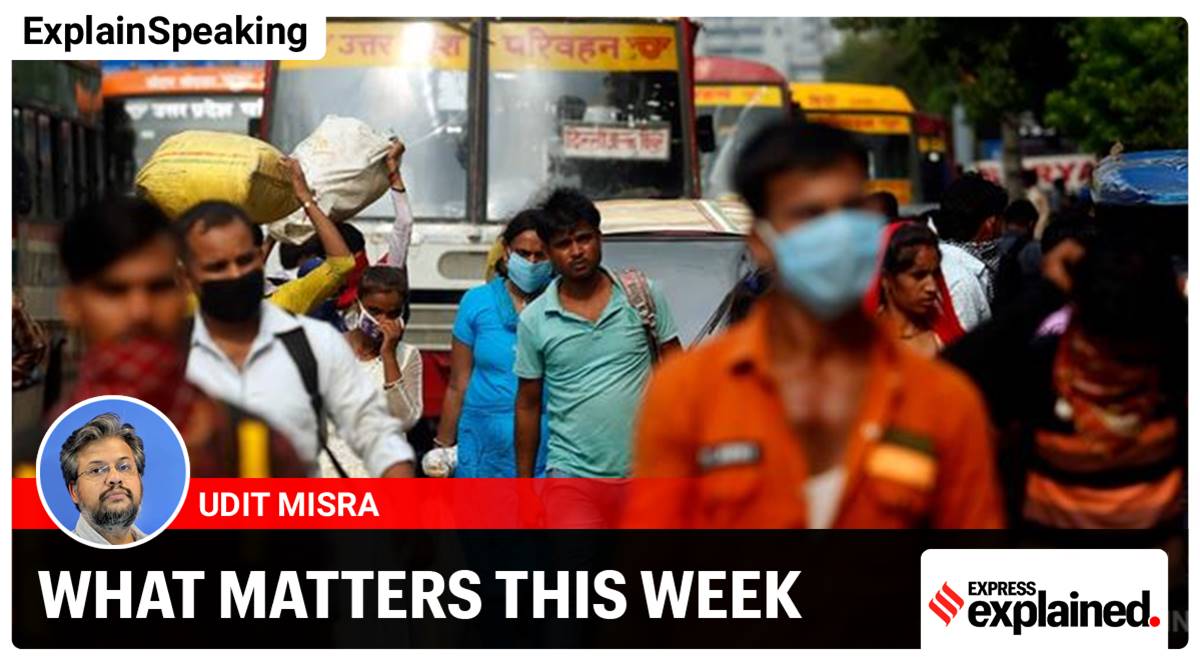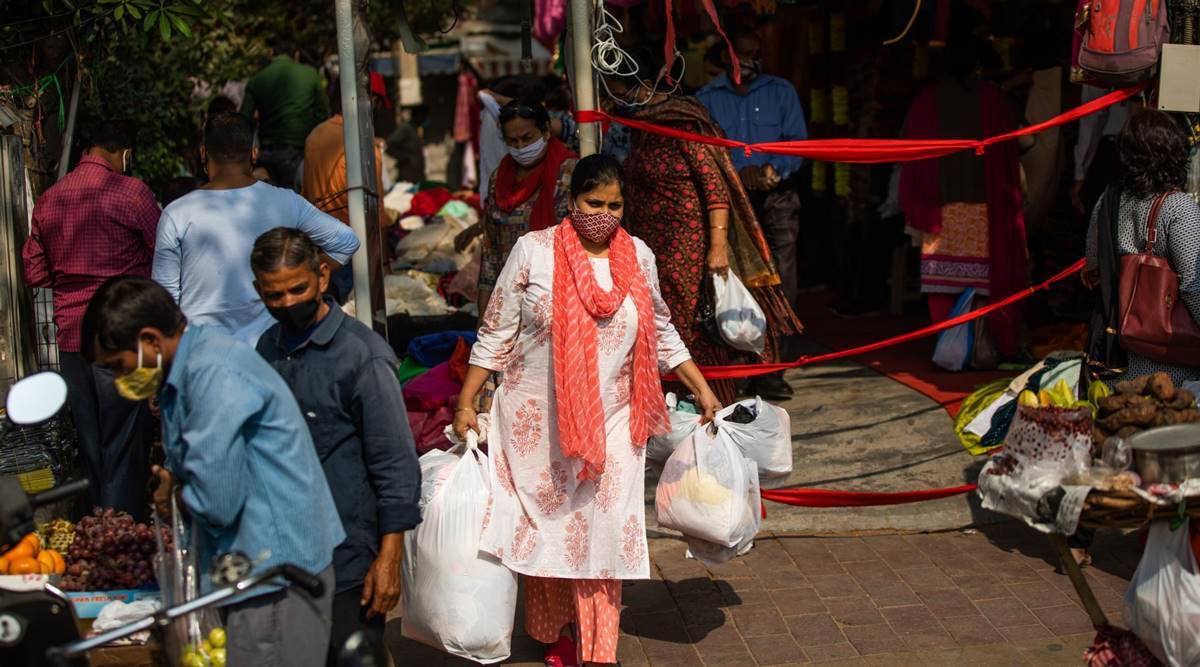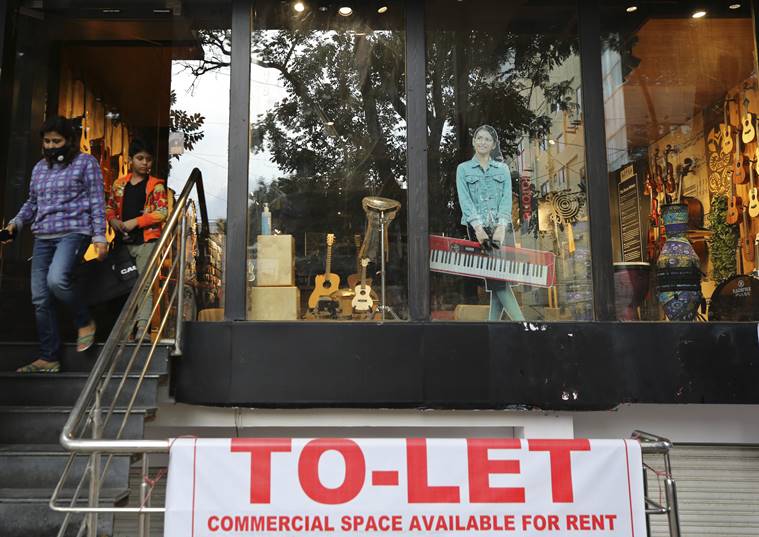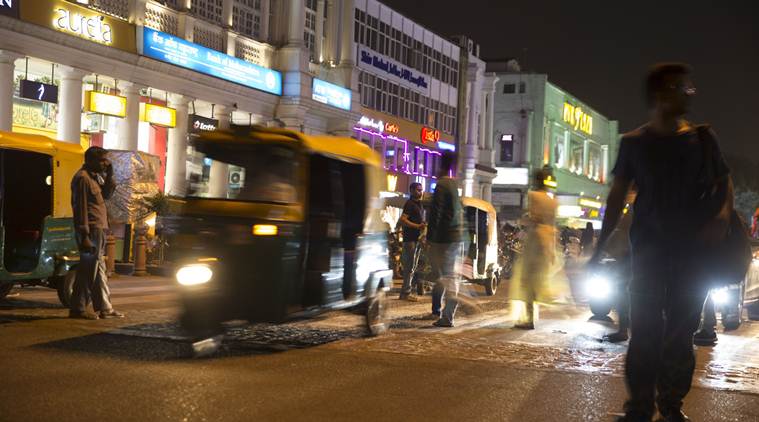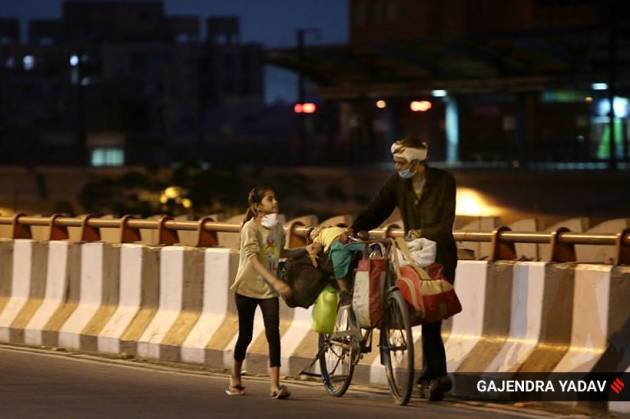India started the calendar year by recording the slowest GDP growth rate in six years and ended it by entering a technical recession. Here's how it all unfolded.
Dear Readers,
Right through the year, at ExplainSpeaking, we have strived to make sense of the most important developments in the Indian economy. As the year ends, here are the highlights from 2020 and five things to watch out for in 2021.
The calendar year 2020 started on a rather weak note as India’s GDP growth rate hit a six-year low in 2019 and then progressively decelerated further. Here’s a piece that incorporates the findings of former Chief Economic Advisor Arvind Subramanian to explain how and why the Indian economy was losing its growth momentum.
Since the Union Budget is now presented on February 1st, much of January’s focus was on understanding the Budget-making exercise. Providing a context was this piece on why the poor in India remain poor. According to the World Economic Forum’s Global Social Mobility report, in India, it would take 7 generations for a member of a poor family to achieve average income; in Denmark, it would take just 2 generations to do so.
A key concern leading up to the Budget for 2020-21 was the falling credibility of Budget numbers. With Covid-19 playing havoc with the economy even before the start of the new financial year, this problem is likely to sustain.
Another key concern in the Budget — and this, too, is likely to be a concern in the forthcoming Budget of 2021-22 — was the adherence to fiscal rectitude. But the ugly truth about India’s adherence to the FRBM Act is that — thanks to Indian policymakers ignoring the key metric of revenue deficit — fiscal consolidation now actually hurts India’s economic growth.
As it turned out, the Budget for 2020-21 was not anywhere close to a big bang budget that many had hoped for. It was clear that the Central government did not have the resources to provide a fillip to the economy.
What was even more worrisome was that state-level finances were also getting increasingly stressed. It is noteworthy that Indian states, taken together, spend one-and-half times more than what the central government spends through its budget.
Taken together, it meant that at a time when India’s growth rate was at a six-year low — and decelerating — governments, both at Centre and state levels, found themselves rather short of money.
It is at this juncture that the Covid-19 pandemic hit the Indian economy. As early as March 22, the day of Janta Curfew, we put together this sectoral analysis that explained how the Indian economy was far more vulnerable now than what it was when the Global Financial Crisis hit in 2008-09.
As India went into a nationwide lockdown, the government announced its initial set of measures (called PM Garib Kalyan Yojana) to limit the damage. The Reserve Bank of India too pitched in to counter “The Great Lockdown” that saw crude oil prices turn negative for the first time in history.
As the adverse effects of the Covid-induced disruptions became clear, we tried to explain some of the most important questions:
- How the outbreak was disrupting both supply of, and demand for, bank loans?
- Why were Medium, Small, Micro Enterprises worst hit by Covid-19 lockdown?
- Should the government simply resort to printing more money to alleviate economic suffering?
- And what the hurriedly made changes to labour laws in several states implied?
By the start of May it was clear that without immediate additional help from the government, the Indian economy could be looking at widespread financial ruin.
Eventually, on May 12, Prime Minister Narendra Modi announced the Atma-Nirbhar Bharat Abhiyan package, with special focus on the MSME sector. But there were many reasons why this package was criticised even as GDP growth continued to falter and Moody’s downgraded India’s rating.
A particular area of concern during this phase was the call to ban trade with China, thanks to the growing border conflict between the two countries. We explained why a blanket trade ban with China will be counter-productive for India and why, more broadly speaking, the policy move towards atma-nirbharta or self-reliance is neither a new one nor likely to succeed.
? JOIN NOW ?: The Express Explained Telegram Channel
Then in early September, India’s first official estimates showed that the domestic economy had contracted by almost 24% in the April-May-June quarter — making India one of the worst-hit major economies in the world.
It was now clear that after growing at an average annual rate of around 7% since the start of economic liberalisation in 1992, India’s economy was likely to contract by over 7% in 2020-21.
By December, it was clear that India had entered a technical recession. Moreover, since this contraction came at the back of secular deceleration in GDP growth rate since 2016-17 onwards, the economic stress was showing up in rising joblessness, increasing poverty and falling health and wellbeing of citizens at large.
From the perspective of the RBI, persistently high inflation continually undermined its ability to boost growth.
So what lies ahead in 2021?
There are five key concerns.
One, quick resolution of the farmer unrest. Data shows that farming in India is rather unremunerative and, as such, this sector has been crying for reforms. However, for reforms to work, the government should learn from China’s experience, and must achieve buy-in from the farming community. The government must understand that persistent protests on the street — be they on economic issues such as farm laws or non-economic ones such as the CAA-NRC issue — are best avoided when the larger idea is to extricate the economy from the clutches of a recession.
Two, the Union Budget for 2021-22 has to lay out a cogent policy framework to boost economic activity in India over the medium term. Annual incrementalism will be counter-productive because economic agents — be it the big businesses firming up their investment plans or migrant labourers deciding on returning to work or families deciding between buying a bigger car and having additional savings — are already plagued by all kinds of uncertainties.
A good starting point would be for the government to correctly assess and honestly declare the true pace of India’s economy. In the past few years, the government has either misestimated the pace of economic growth or misunderstood the reasons for growth deceleration, and, as a result, found itself behind the policy curve.
The First Advance Estimates for the GDP growth in 2020-21 will be released on January 7th and they will provide the closest approximation before the Budget is presented on February 1st.
Three, dealing with the fall out of extended regulatory forbearance be it in the shape of not recognising non-performing assets in the banking system or suspending the functioning of the Insolvency and Bankruptcy Code.
Four, quickly making the vaccine available to the general public because that is the surest way for the economy to recover.
Last but not the least, staying aggressive about participating in the global economic recovery. Over the last decade, more and more countries have become insular and protectionist. Over the past 3-4 years, India, too, has been guilty of turning away from international trade — for instance, deciding not to join the RCEP. But there are several opportunities where India can deepen its trade ties still. A possible free trade agreement with the United Kingdom is a case in point.
Wish you the very best in 2021!
Udit
Source: Read Full Article

